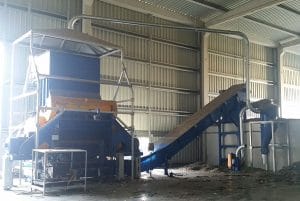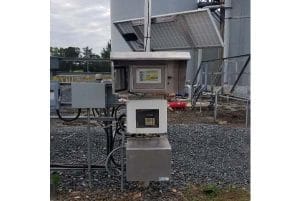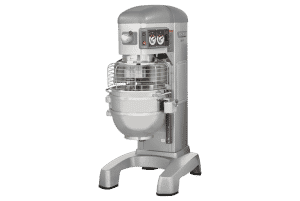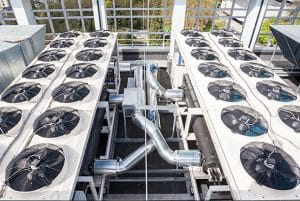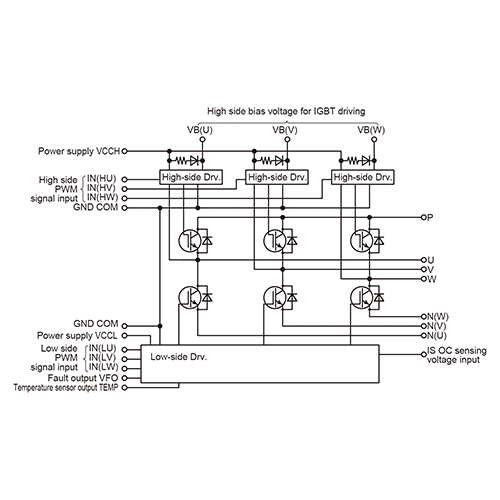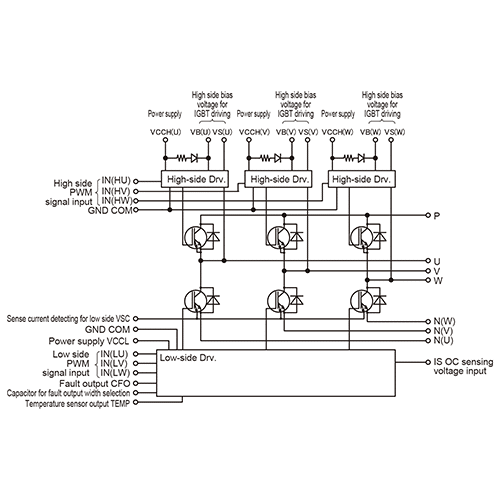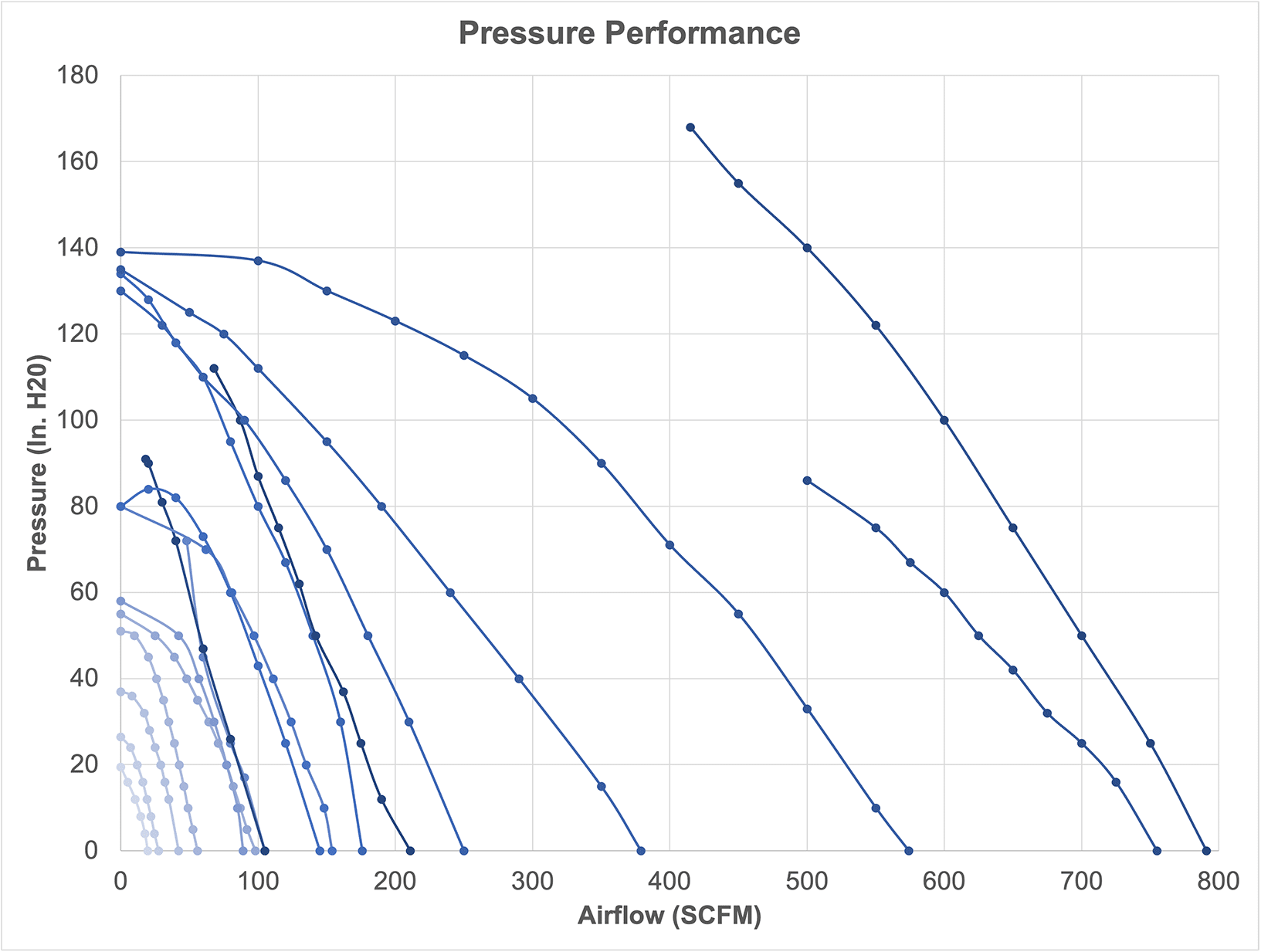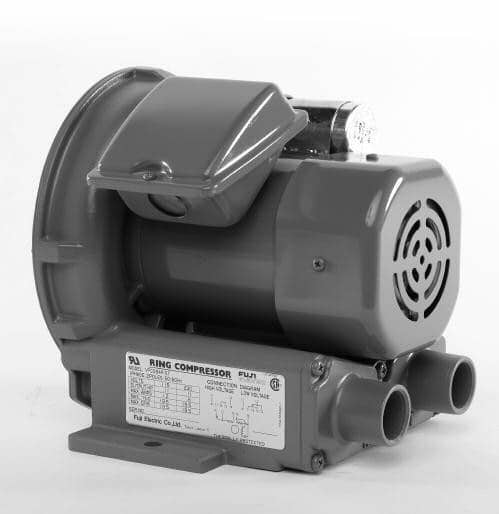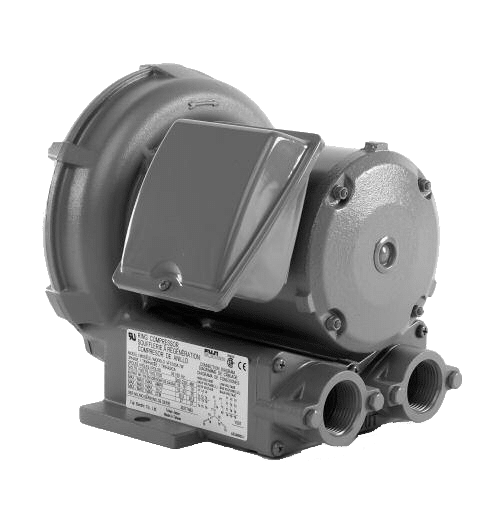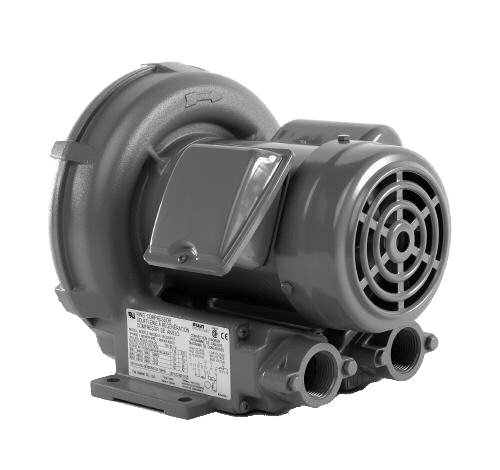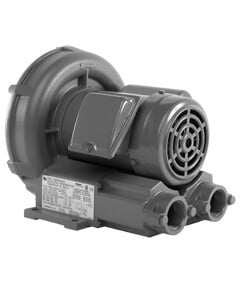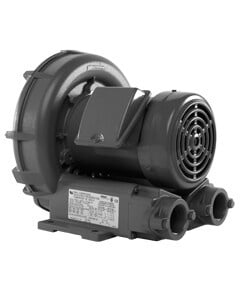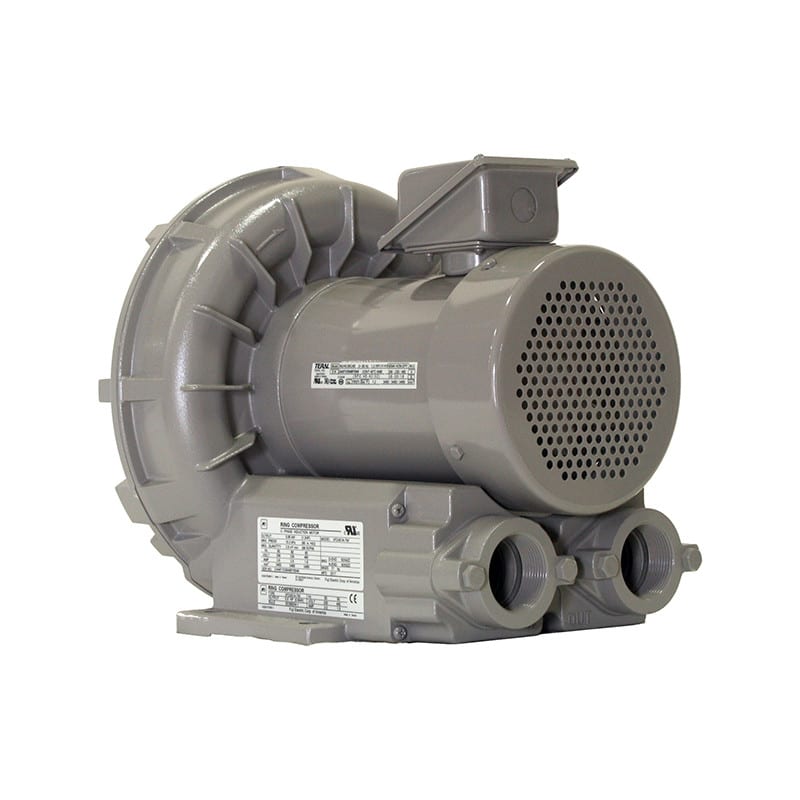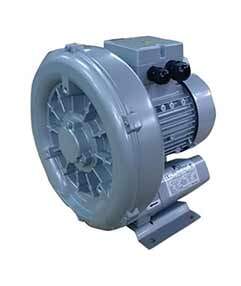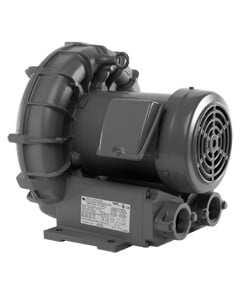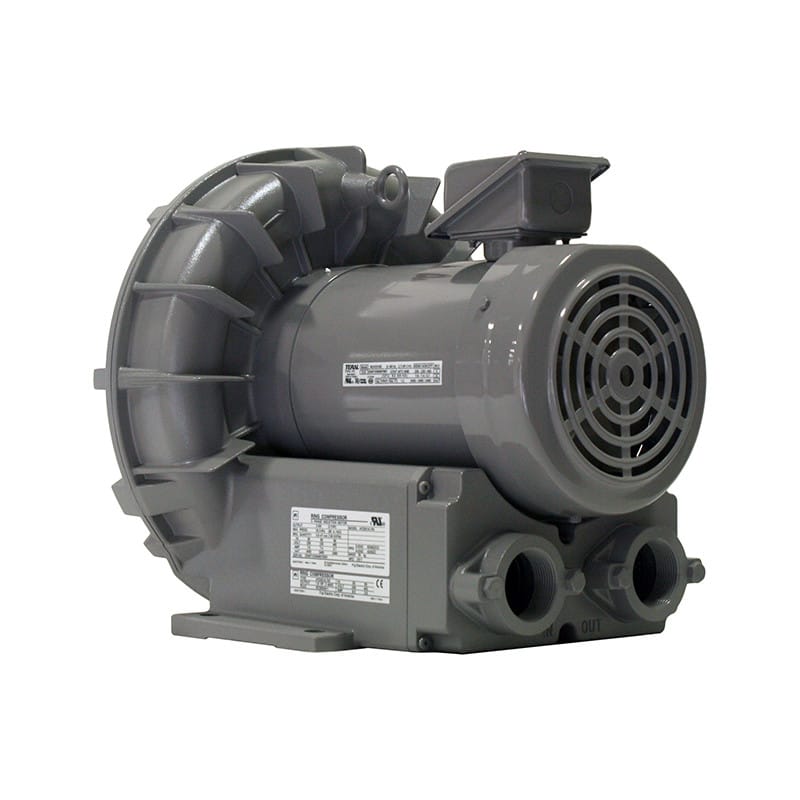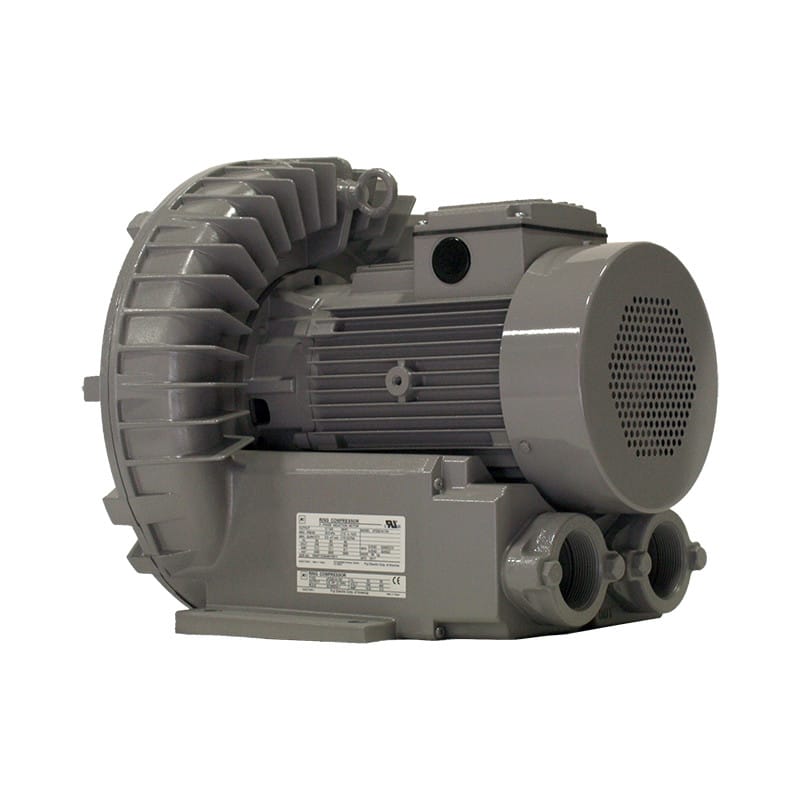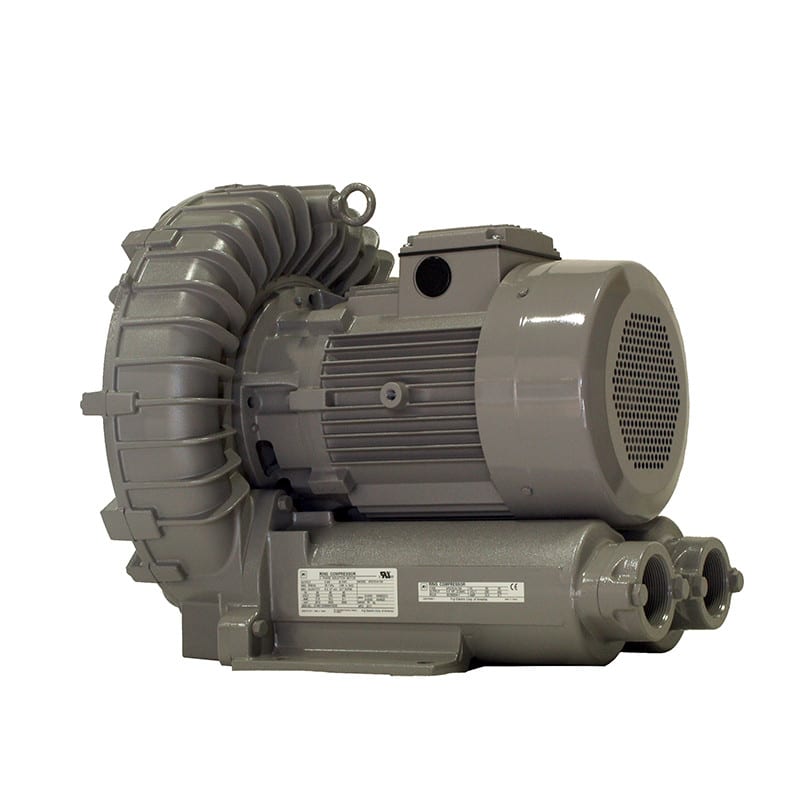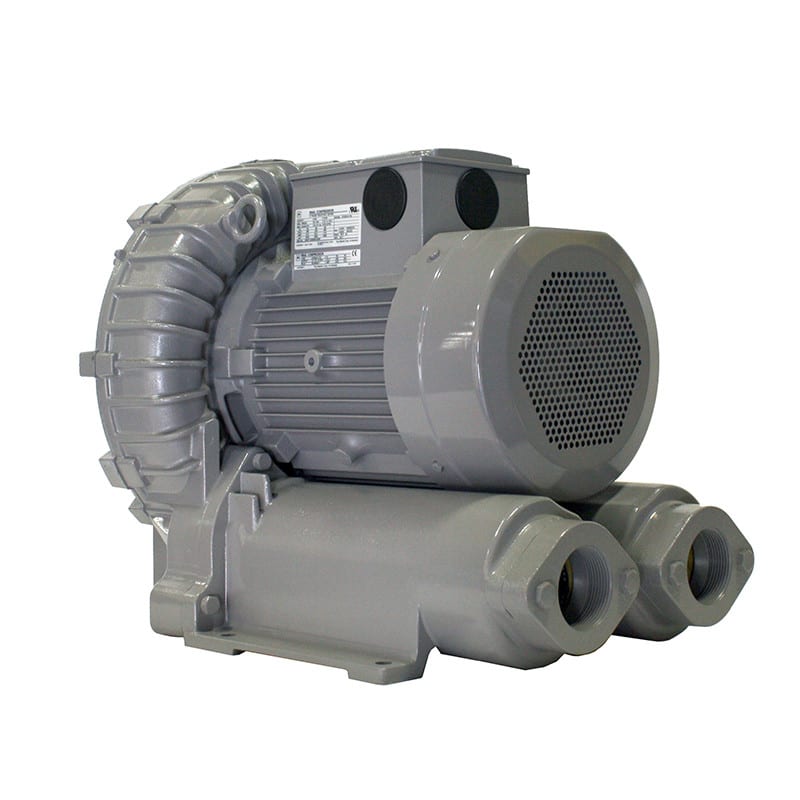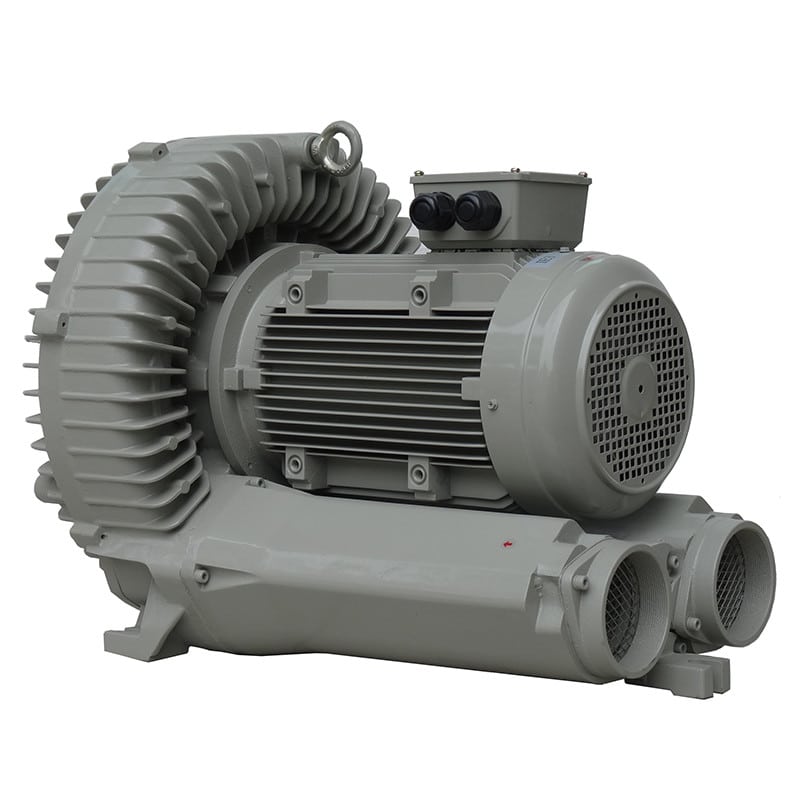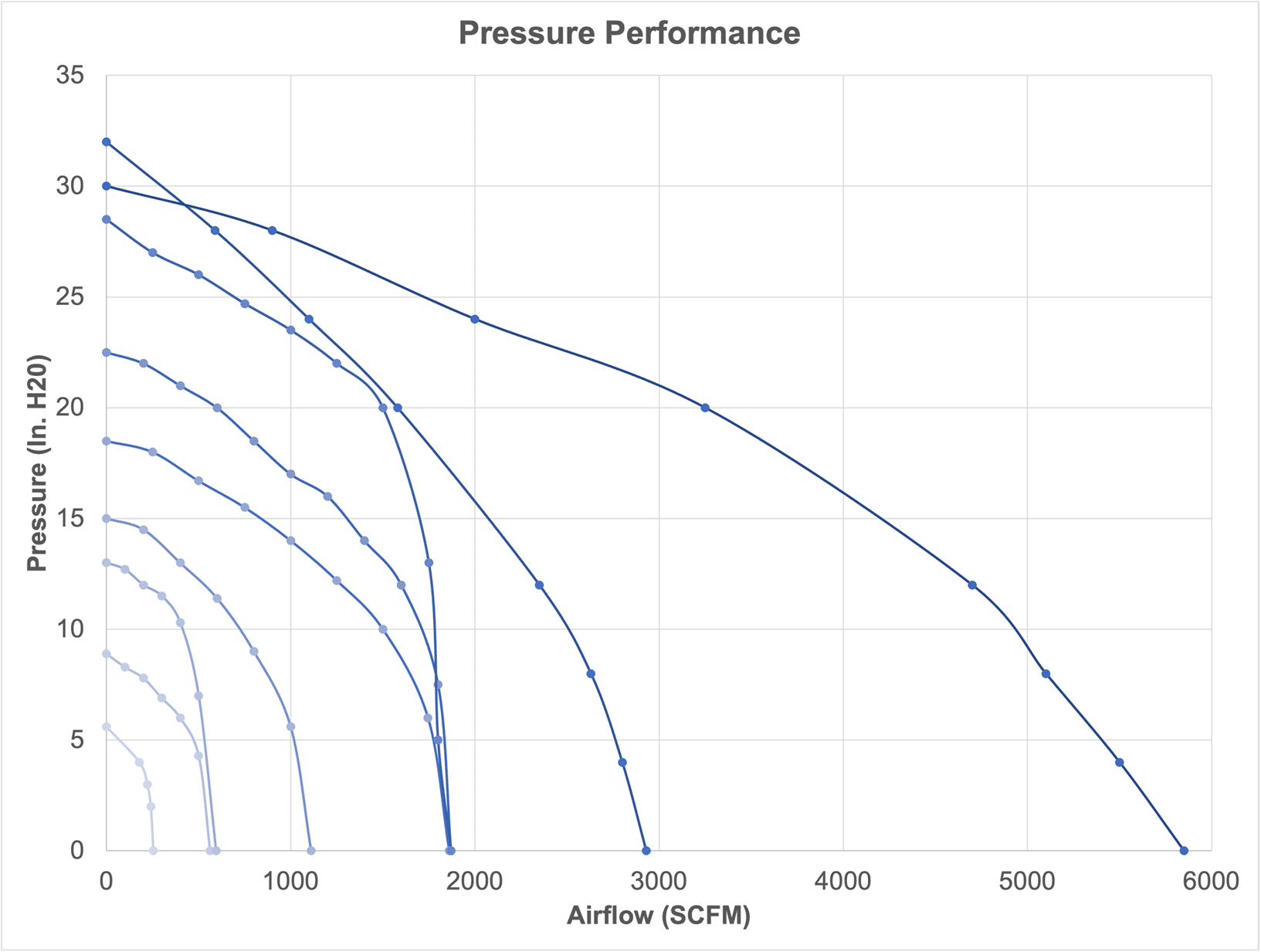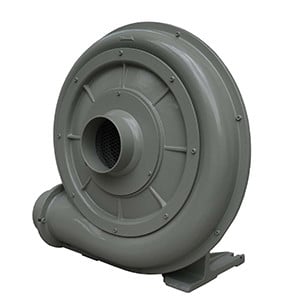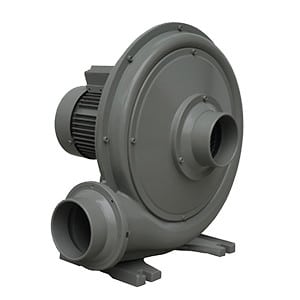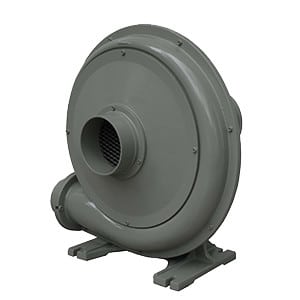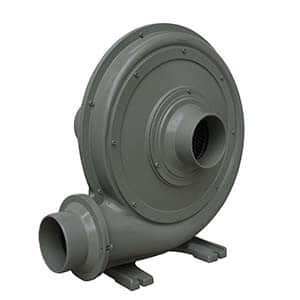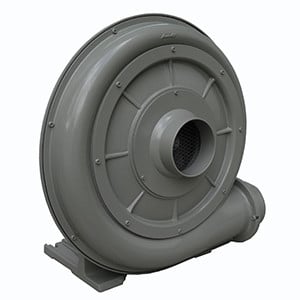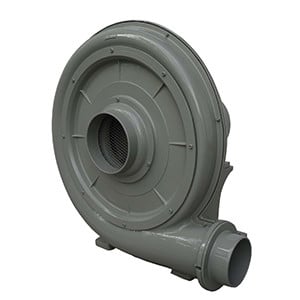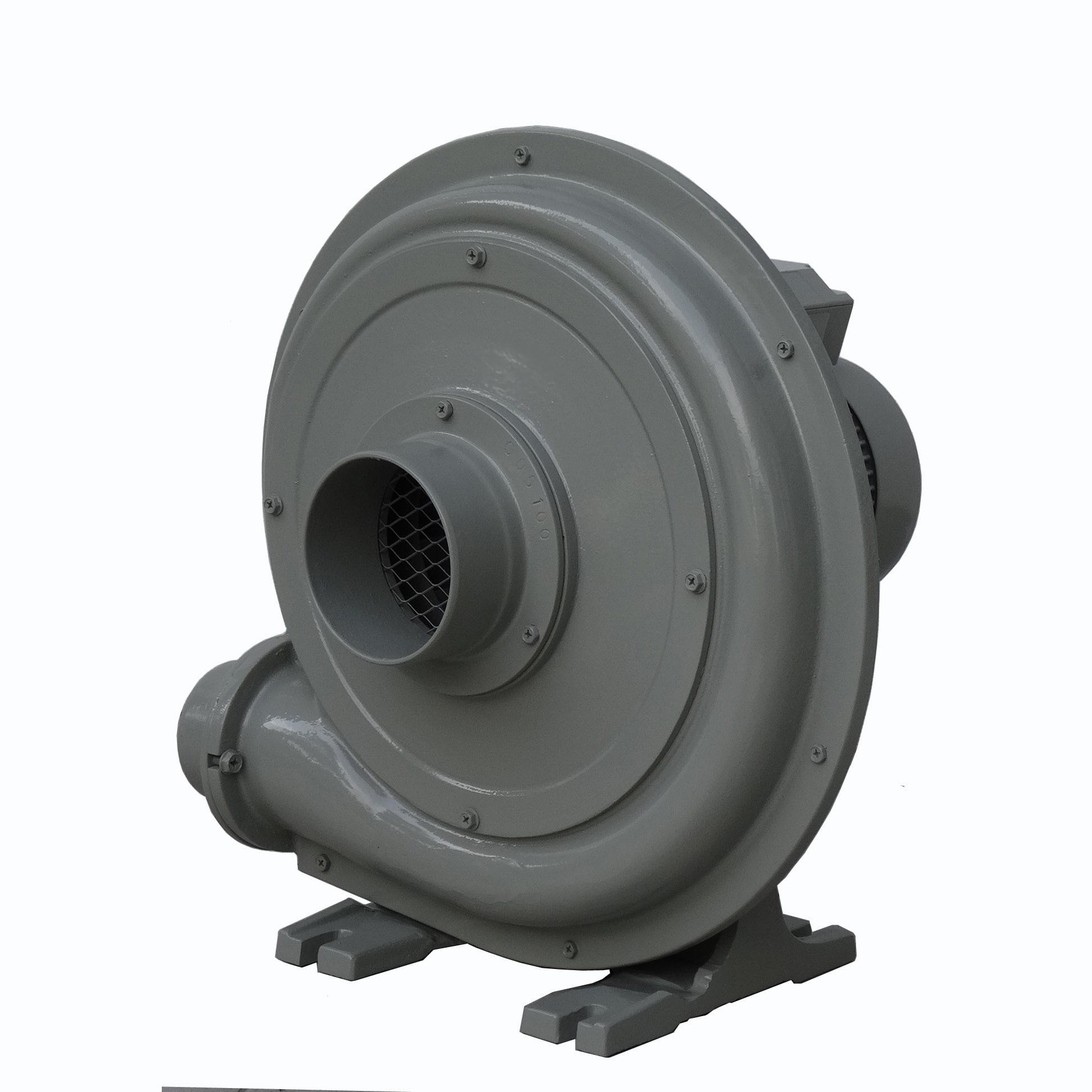Assessing and mitigating risk in UPS (Uninterruptible Power Supply) systems involves identifying potential vulnerabilities, evaluating their impact on critical operations, and implementing strategies to ensure reliability and resilience. Here’s a detailed approach: 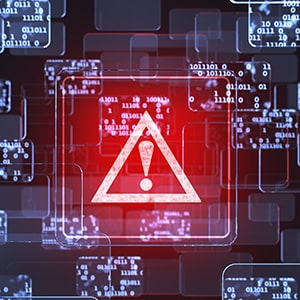
- Risk Assessment for UPS Systems
Identify Risks
- Power Supply Risks:
- Utility power failures or outages.
- Voltage sags, surges, and frequency fluctuations.
- UPS System Risks:
- Component failures (e.g., batteries, inverters, or capacitors).
- Overloads or under-sizing of the UPS for connected loads.
- Insufficient runtime due to degraded batteries.
- Environmental Risks:
- High or low ambient temperatures affecting performance.
- Humidity and moisture leading to corrosion or short circuits.
- Dust and debris accumulation.
- Maintenance Risks:
- Inadequate preventive maintenance schedules.
- Delayed response to alarms or warnings.
- Use of counterfeit or substandard replacement parts.
- Operational Risks:
- Human errors during installation, operation, or maintenance.
- Incorrect configuration or software settings.
- External Risks:
- Cybersecurity vulnerabilities in network-connected UPS systems.
- Natural disasters disrupting the system or environment.
Analyze Risks
- Likelihood:
- Assess how often each risk could occur (e.g., frequent, occasional, rare).
- Impact:
- Evaluate the consequences of each risk, such as:
- System downtime.
- Loss of critical data or services.
- Equipment damage.
- Prioritize Risks:
- Use a risk matrix to classify risks by likelihood and impact.
Document Risks
- Maintain a Risk Register including:
- Identified risks.
- Likelihood and impact ratings.
- Mitigation strategies.
- Assigned responsibilities.
- Risk Mitigation Strategies for UPS Systems
Design and Sizing
- Proper Sizing:
- Ensure the UPS system is sized appropriately for the critical load, including peak demands.
- Consider future expansion and scalability.
- Redundancy:
- Implement redundancy (e.g., N+1, 2N configurations) to ensure continuous operation in case of failures.
- Surge Protection:
- Install surge suppressors to handle voltage spikes.
- Battery Sizing:
- Ensure batteries provide sufficient runtime for safe shutdown or generator activation.
Maintenance and Monitoring
- Preventive Maintenance:
- Schedule regular inspections and servicing for batteries, capacitors, fans, and other components.
- Follow manufacturer guidelines for maintenance.
- Battery Management:
- Use advanced Battery Management Systems (BMS) to monitor battery health, charge levels, and temperature.
- Replace aging or degraded batteries proactively.
- Real-Time Monitoring:
- Install monitoring systems to track UPS performance, load conditions, and environmental factors.
- Use alerts for early detection of issues.
Environmental Control
- Temperature Regulation:
- Maintain ambient temperatures within the UPS’s operating range (usually 20–25°C for lead-acid batteries).
- Dust and Humidity Control:
- Use enclosures or clean rooms to prevent dust ingress and moisture accumulation.
- Backup Cooling:
- Ensure adequate cooling for UPS systems, especially in high-density installations.
Training and Operational Discipline
- Staff Training:
- Train personnel on proper operation, troubleshooting, and maintenance of UPS systems.
- Emergency Procedures:
- Develop and rehearse response plans for UPS alarms or failures.
- Configuration Management:
- Maintain up-to-date configurations and settings for UPS and associated systems.
Cybersecurity for Connected UPS Systems
- Secure Access:
- Use strong passwords, multi-factor authentication, and role-based access control for network-connected UPS systems.
- Firewall and VPN:
- Isolate UPS systems from public networks using firewalls and Virtual Private Networks (VPNs).
- Firmware Updates:
- Regularly update firmware to address known vulnerabilities.
Backup Systems
- Generator Integration:
- Pair UPS systems with generators for extended runtime during prolonged outages.
- Ensure seamless switching using Automatic Transfer Switches (ATS).
- Alternative Power Sources:
- Incorporate renewable energy sources (e.g., solar, wind) where feasible.
- Continuous Improvement
- Post-Incident Analysis:
- After any UPS-related event, review the incident to identify root causes and update risk mitigation plans.
- Review and Update Plans:
- Periodically reassess risks, considering changes in load, environment, or system usage.
- Technology Upgrades:
- Upgrade aging UPS systems to more efficient, reliable, or scalable models.
Example Risk Mitigation Plan
| Risk | Likelihood | Impact | Mitigation Strategy |
| Battery degradation | High | High | Regular testing, proactive replacement, BMS usage |
| Power surges | Medium | High | Install surge suppressors |
| Overloading | Medium | High | Proper sizing, load balancing |
| Human error | Medium | Medium | Staff training, clear procedures |
| High ambient temperature | Medium | High | Install HVAC, monitor room conditions |
Effective risk assessment and mitigation for UPS systems ensures uninterrupted power to critical loads and extends system life. By addressing potential vulnerabilities in design, maintenance, environment, and operation, you can achieve a robust, reliable power backup solution.




